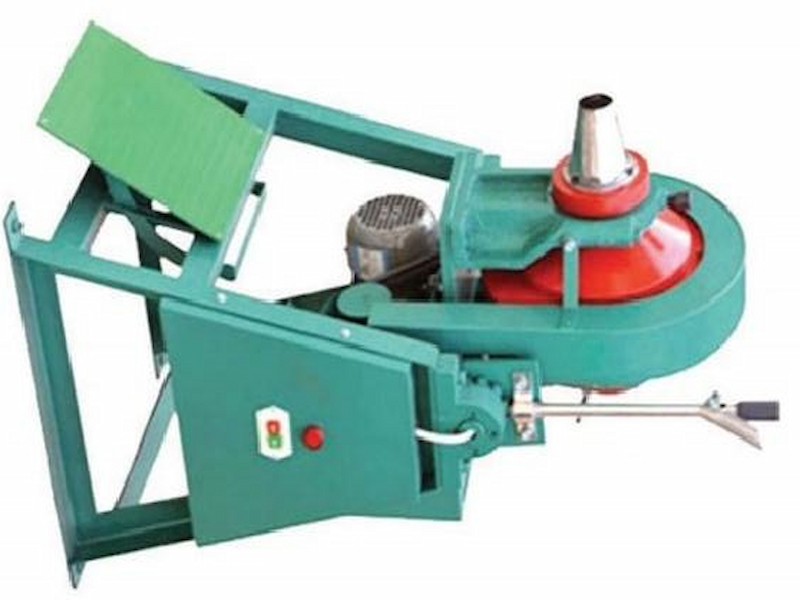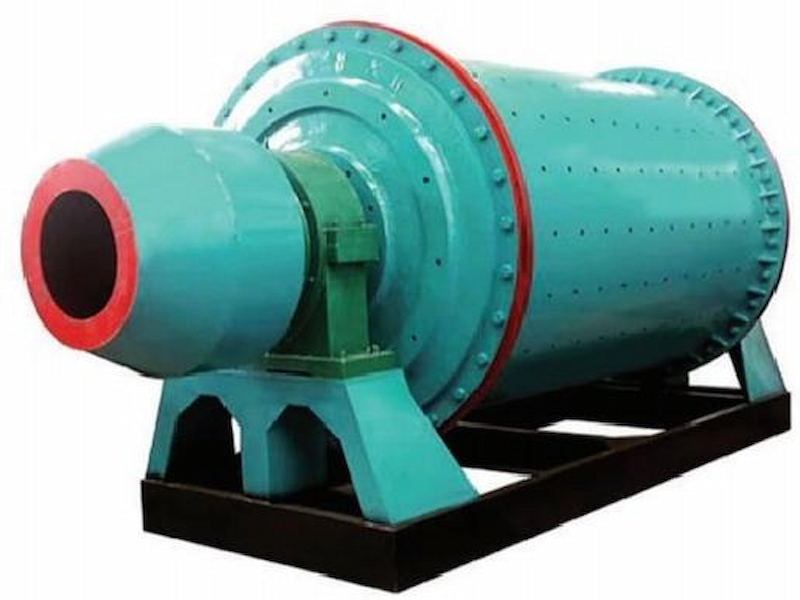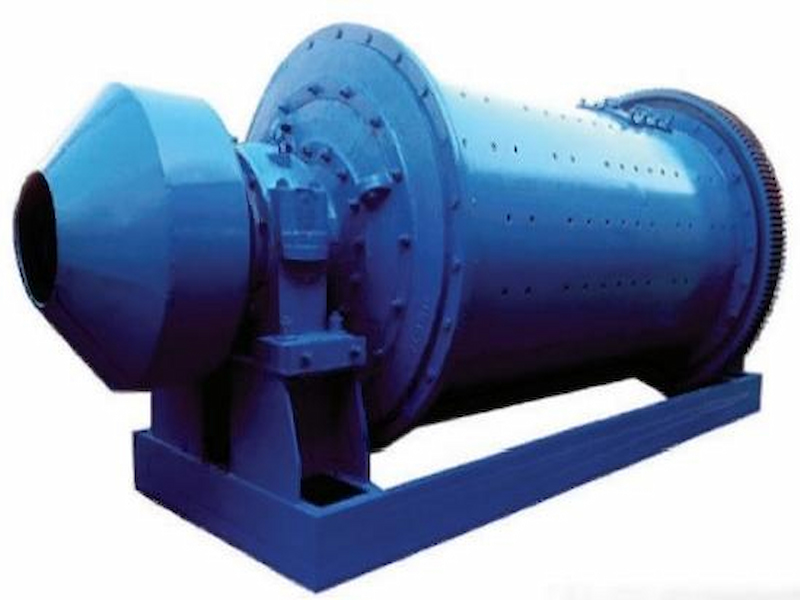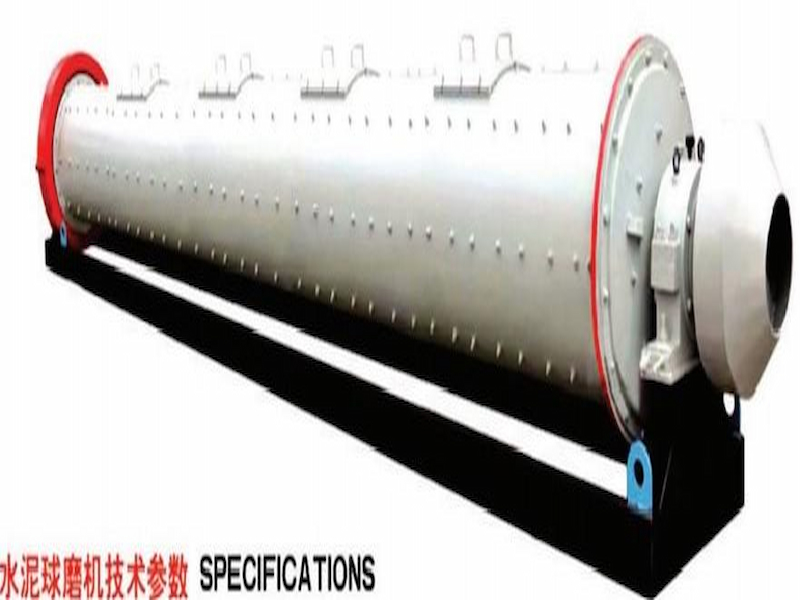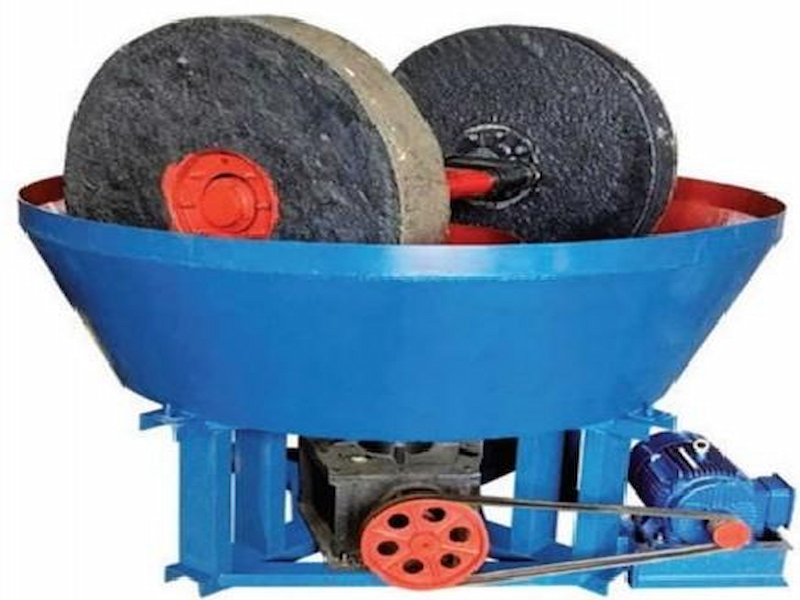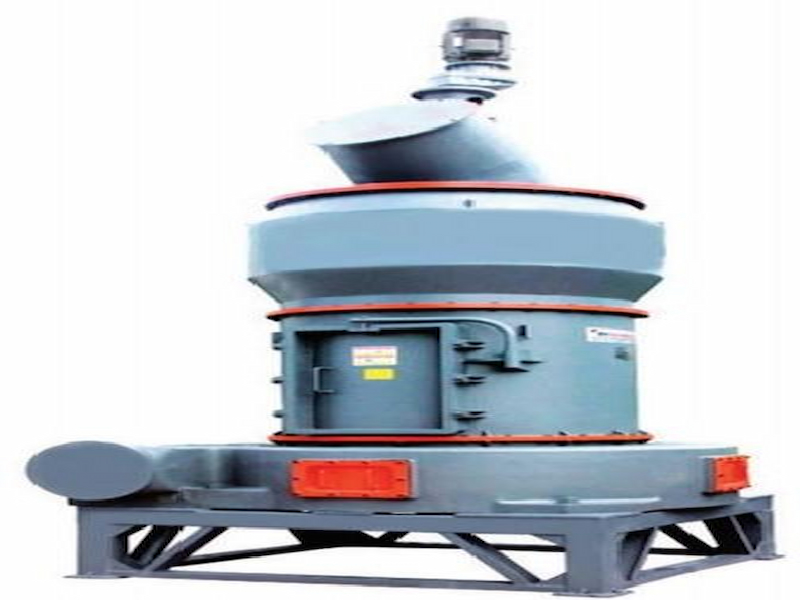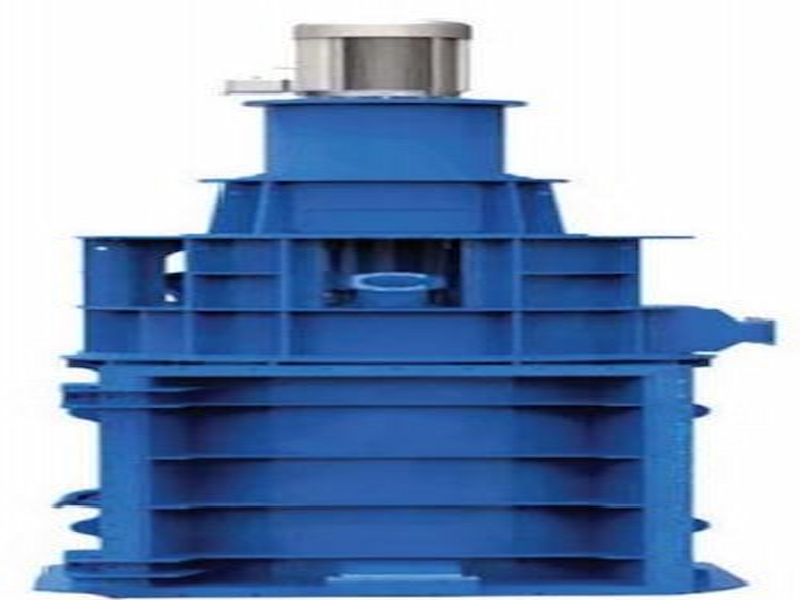CATHAY experimental ball mill: fine grinding, enabling laboratory sample analysis
1. Grinding principle, achieving ultra-fine sample processing
CATHAY experimental ball mill achieves fine grinding with the help of high-speed relative movement between the grinding balls and the sample in the cylinder. The motor drives the grinding cylinder to rotate (the speed is adjustable at 50-600r/min), and the grinding balls in the cylinder (materials can be selected from agate, zirconium oxide, stainless steel, tungsten steel) are thrown, impacted, and ground with the cylinder. The sample is crushed and refined under the impact, extrusion and friction of the grinding balls. By adjusting the grinding time (0-999 minutes), speed and grinding ball ratio, the sample particle size can be accurately controlled, and the minimum grinding particle size can reach 0.1μm, which meets the sample fineness requirements of high-precision analysis such as atomic absorption and X-ray diffraction. The equipment supports two grinding modes: dry and wet - dry grinding is suitable for ordinary solid samples, and wet grinding (water or organic solvents can be added) can reduce sample agglomeration and improve grinding efficiency, especially suitable for the processing of high hardness and high viscosity samples.
2. Multi-sample adaptation, covering all experimental needs in the field
Geology and mining: In ore composition analysis, the crushed ore samples (such as iron ore, copper ore, gold ore) can be ground to 200-300 mesh to ensure uniform distribution of metal elements in the ore. For example, the grinding of gold ore samples can fully expose the gold particles, improve the accuracy of subsequent chemical analysis, avoid detection errors caused by uneven samples, and the deviation of detection results can be controlled within 2%.
Material science: Suitable for the preparation and refinement of ceramic powders, metal powders, and nanomaterials. When grinding ceramic raw materials (such as alumina and zirconia), zirconia grinding balls are used to avoid sample contamination. The powder particle size distribution after grinding is narrow (D50 deviation ≤5%), which can improve the density and strength of ceramic products; for the grinding of metal nanopowders, nanoparticles with uniform particle size can be prepared by controlling the rotation speed and time, which are used to study the surface effect and quantum effect of materials.
Biomedicine: Agate or zirconium oxide grinding components (in compliance with GMP standards) can be used to grind Chinese medicinal materials and biological tissues (such as animal and plant cells, bacteria). In the extraction experiment of effective ingredients of traditional Chinese medicine, grinding the medicinal materials to more than 80 meshes can increase the contact area between the medicinal materials and the solvent, and the extraction rate can be increased by more than 30%; for the grinding of biological tissues, a low-temperature cooling system (-50℃ to room temperature) can be used to prevent the inactivation of biological active substances due to high temperature and ensure the experimental effect.
Environmental monitoring: used for grinding and processing of soil, sediments, and atmospheric particles. In the detection of heavy metals in soil, the soil sample is ground to 100 meshes to fully release the heavy metal elements and improve the digestion efficiency; for the grinding of atmospheric particles, the relationship between its particle size and the adsorption capacity of pollutants can be studied, and the anti-cross-contamination design of the equipment (detachable cleaning chamber) ensures that there is no interference between different samples.
Chemical and food: For samples such as pigments, dyes, and food additives, it can be ground to micron level. In the pigment dispersion experiment, the pigment particles after grinding are uniform, which can improve the color and stability of the coating; the grinding of food raw materials (such as flour and milk powder) can study the relationship between particle size, taste and solubility. The equipment contacting sample parts are made of 316 stainless steel, which meets food grade safety standards.
Grinding fineness is controllable: The grinding drum speed is accurately controlled by the variable frequency speed regulation system, and the combination of grinding balls of different diameters (0.5-20mm) can achieve particle size adjustment within the range of 0.1μm-1mm. For example, when grinding cemented carbide, use 10mm tungsten steel ball + high speed (500r/min), and the fineness can reach less than 5μm within 30 minutes; when grinding brittle materials (such as glass), use 5mm agate ball + medium speed (300r/min), and it can be ground to 10μm in 15 minutes.
Low sample contamination rate: The grinding chamber and grinding balls are made of inert materials - agate components are suitable for silicate and oxide samples (contamination rate ≤ 0.001%); zirconium oxide components are suitable for high-purity material grinding (ZrO₂ purity ≥ 95%); stainless steel components are suitable for metal samples (avoid the introduction of other metal impurities), ensuring that the sample composition is not affected and meeting the needs of trace analysis.
Stable operation and low noise: The grinding cylinder adopts a balanced design and is equipped with high-precision bearings. The vibration amplitude during operation is ≤ 0.1mm, and the noise is less than 60 decibels (equivalent to the normal conversation volume), which will not interfere with the quiet environment of the laboratory and meet the laboratory noise control standards.
Comprehensive safety protection: Equipped with multiple safety protection devices - motor overload protection (automatic shutdown when exceeding the rated current), grinding cylinder cover opening protection (stop when the door is opened), temperature protection (alarm when the chamber temperature is too high), to prevent operators from contacting rotating parts or safety accidents caused by equipment failure, and ensure experimental safety.
4. Structural design, taking into account durability and easy maintenance
Miniature design: The equipment is compact (length, width and height are about 400×300×500mm), light (≤50kg), and can be placed directly on the laboratory table without taking up too much space. It is suitable for the scene of multiple equipment working together in the laboratory.
Various grinding chambers: Provide a variety of chamber specifications (50-500ml) to meet different processing volume requirements (0.1-100g sample processing at a time). The chamber adopts a snap-on seal, which is easy to disassemble and install, easy to clean and replace, and supports grinding multiple samples at the same time (multi-station model) to improve experimental efficiency.
Wear-resistant and durable: The inner wall of the grinding cylinder is made of high-strength material (such as quenched stainless steel, zirconia ceramics), with a surface hardness of ≥HRC60, which can withstand long-term impact and friction of the grinding ball, with a service life of more than 10,000 hours, reducing the frequency and cost of replacement.
Intelligent control system: Equipped with a 7-inch touch screen, you can intuitively set the grinding time, speed, and direction (support forward and reverse alternation to improve grinding uniformity), and display operating parameters in real time. The system supports 10 sets of program storage, which can save commonly used grinding schemes (such as "soil grinding" and "traditional Chinese medicine grinding"), and directly call them next time to reduce repeated setting time.
5. CATHAY brand guarantee, full-cycle service support
Each experimental ball mill undergoes strict grinding performance tests (such as using standard quartz sand to test grinding efficiency and particle size), noise tests and safety performance tests before leaving the factory to ensure that all indicators meet the standards. Provide customized services, and recommend grinding ball materials, chamber specifications and operating parameters according to sample characteristics. For example, for magnetic material grinding, it can be equipped with an anti-magnetic chamber; for flammable and explosive samples, provide explosion-proof design. Professional team provides on-site installation and commissioning, operation training services, 7×24 hours after-sales hotline response, fault diagnosis, spare parts replacement and other services, core components (motor, grinding chamber) warranty for 1 year, wearing parts (such as sealing rings) are in sufficient inventory to ensure long-term stable operation of the equipment.
From scientific research laboratories to quality inspection agencies, CATHAY experimental ball mills provide solid support for sample pretreatment with precise particle size control, reliable anti-pollution performance, and convenient operation experience, helping to make experimental data more accurate and scientific research results more reliable.

Table parameters
|
型号 Model
|
给矿量(g) Capacity
|
给矿粒度(mm)
Size
|
排矿粒度(mm)
Size
|
电动机(kw)
Power
|
外形尺寸(mm)
Overall dimension
|
机重(kg) Weight
|
|
XMQ中150×50
|
200
|
-3
|
-0.074
|
0.25
|
915×530×1160
|
150
|
|
XMQφ240×90
|
1000
|
-3
|
-0.074
|
0.55
|
1052×640×1160
|
170
|
|
XMQ中350×160
|
4000
|
-3
|
-0.074
|
1.1
|
700×575×1190
|
300
|





